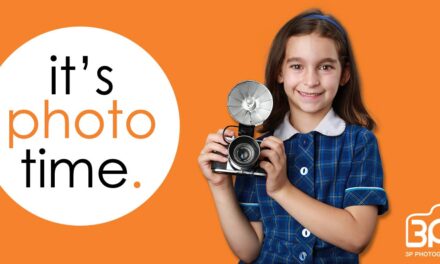 School Hours
School Hours
Children are generally asked not to arrive at school before 8:30 a.m., as adequate teacher supervision cannot be provided. Sporting equipment is not to be used before school, and climbing on playground facilities is not permitted.
When children arrive at school, they go directly to their classroom. If the teacher is not present, the children wait quietly outside the classroom. The 8:30 a.m.—8:30 a.m. period is used for children to prepare for the morning lessons. Outside play is not permitted during this time.
Daily Schedule
| 8.45 a.m. | School commences |
| 10.45–11.05 a.m. | Morning recess |
| 1:05-1.20pm | Children eat lunch in designated areas |
| 1.20 –1.50 p.m. | Lunch |
| 1.50 p.m. | School recommences |
| 3.00 p.m. | Children dismissed. Children should not remain at school after being dismissed, as adequate teacher supervision cannot be provided. |
School Development Planning Dates
The Education Department allows government schools five School Development Planning days each year. Children DO NOT ATTEND on these days. All schools in the local area will have ‘SCHOOL DEVELOPMENT DAYS” on.
(See current school calendar accessed on the Home Page sidebar)
Multi Aged Grouped Classes
The arrangement of classes across the school may, at times, require the formation of a split grade. These multi-age groups provide an opportunity for children to:
- work together and learn from each other
- work at their rate, experience success and acknowledge the success of others
- accept, value and care for others as individuals
Some Frequently Asked Questions
Does the placement of my year four child in a year 3/4 class rather than a Year 4 class mean that they are less able?
Year levels indicate the length of time spent at school, not the knowledge, skills, and experience of children in that year level. Classes/groups of children are made up of individuals operating at different rates and levels.
In determining the placement of children in multi-age classes, teachers consider maturity and independence, gender, friendship groups, length of time spent with the teacher, the balance of class numbers, the physical layout of the school and parent requests whenever possible.
Will my child miss out on any work or go through similar work again due to being in a multi-age group?
When children move from class to class, they continue to work at their own rate with support and encouragement from the teacher and the classroom program.
There are times when children “revisit” particular topics or concepts as part of learning. This enables them to develop their thinking, build on previous knowledge, and explore other possibilities.
Records of each child’s learning are kept in various ways to assist teachers in identifying growth and levels of development. This information is shared with other teachers, parents, and the child. These records form the basis of planning and programming for future learning activities that build on each child’s knowledge, skills, and experience.
Will my child’s learning be hampered if they spend time helping other children?
This interaction assists each individual’s learning. When children work together cooperatively, each child’s ideas and understandings are clarified and developed through sharing, explaining and exploring with others.
Working with others gives children opportunities to practise what they have already learned, use skills in a variety of situations, and share different learning styles and strategies.
These experiences also enable children to develop skills in cooperation, communication, and leadership, build confidence and self-esteem, and accept and value differences in each other.
With the wider age range in multi-age groups, is it more difficult for the teacher to provide individual attention to my child?
In any class, there is a range of abilities and teachers can cater for individual differences.
Teachers work in various ways, sometimes with the whole class, perhaps for a class story, discussion, or sharing time, but more often with small groups or individuals.
In learning, children use resources and materials to explore, plan, design, experiment, talk, share, and record their investigations and achievements. Throughout this process, teachers monitor and record children’s learning in various ways.











